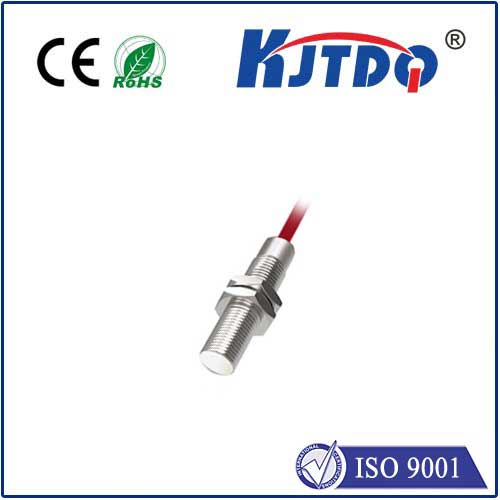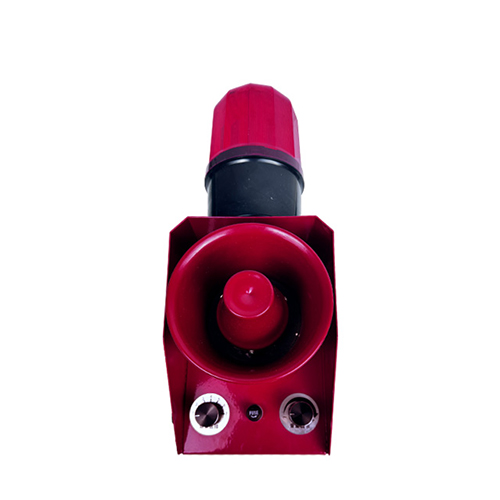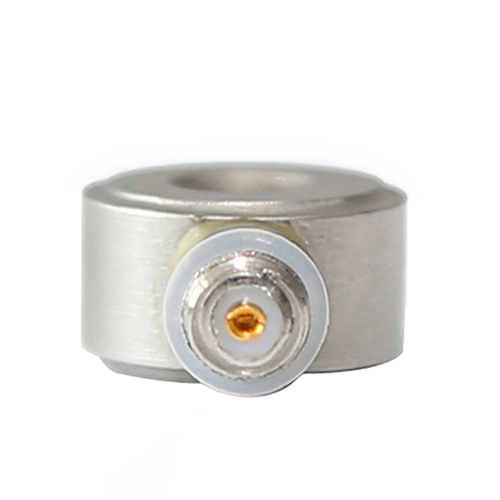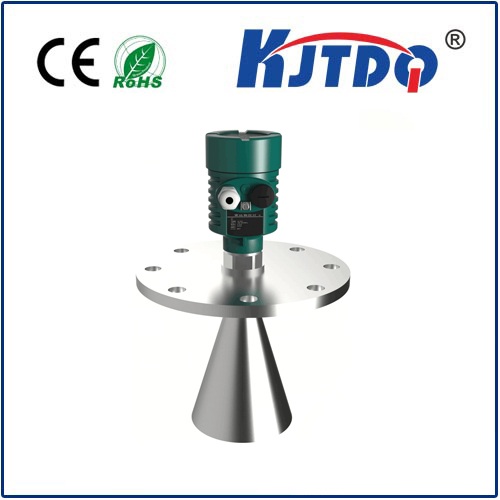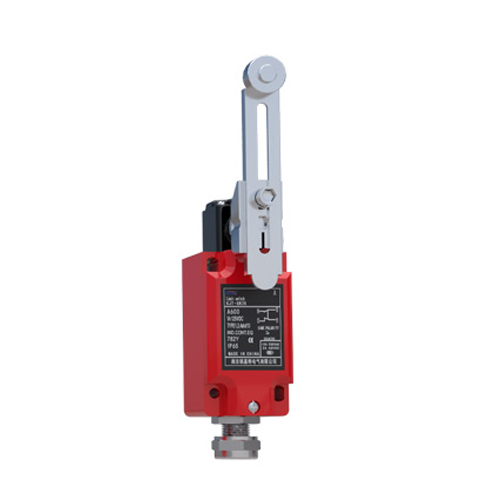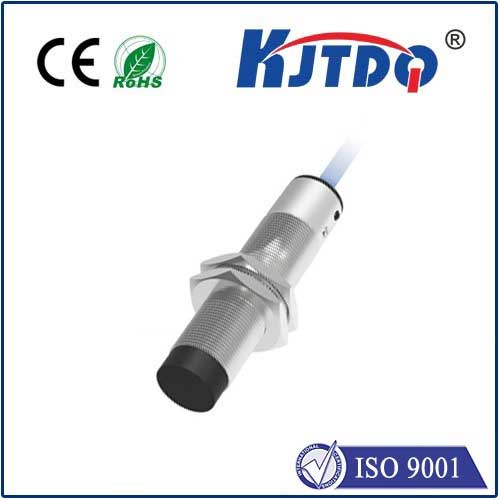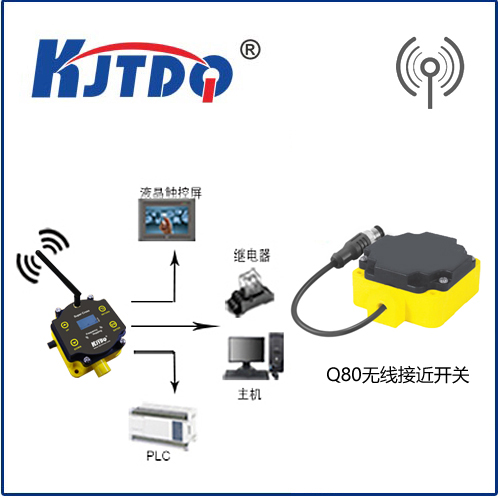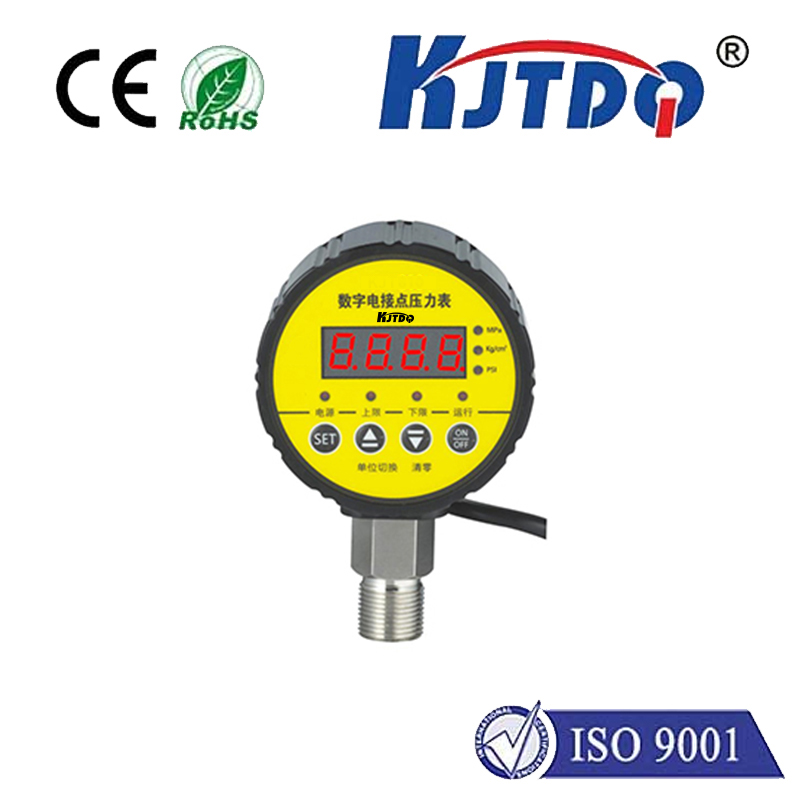ntc temperature sensor
- time:2025-08-21 02:10:06
- Нажмите:0
NTC Temperature Sensors: The Unsung Heroes of Thermal Management
How does your electric car know when to cool its battery? Or your smart thermostat maintain the perfect room temperature? Often, the hidden answer lies within a tiny, yet remarkably precise component: the NTC temperature sensor. These ubiquitous devices are fundamental to modern thermal management, silently monitoring heat levels in countless applications, ensuring safety, efficiency, and optimal performance.
Understanding the Core Principle: Resistance vs. Temperature
An NTC (Negative Temperature Coefficient) thermistor is a specialized type of temperature sensor whose defining characteristic is a predictable decrease in electrical resistance as its temperature increases. This inverse relationship is its core operating principle. Crafted typically from ceramic or polymer materials infused with metal oxides like manganese, nickel, or cobalt, these semiconductors exhibit a strong, intrinsic response to thermal energy.
The underlying physics involves charge carriers within the semiconductor material. As temperature rises, more charge carriers (electrons and holes) gain sufficient energy to break free from atoms and contribute to electrical conduction. This exponential increase in available charge carriers results in a corresponding exponential decrease in electrical resistance. The precise nature of this resistance/temperature response curve is determined by the specific material composition and manufacturing process of the thermistor.
Why Choose an NTC Thermistor?

NTC sensors dominate temperature sensing for several compelling reasons:
- High Sensitivity: The resistance change per degree Celsius is significantly larger compared to other sensor types like RTDs (Resistance Temperature Detectors) or thermocouples. This high sensitivity translates into excellent resolution for detecting even small temperature variations, making them ideal for fine control tasks.
- Compact Size and Low Cost: Their simple construction allows for miniaturization into tiny packages (like beads, chips, or probes) suitable for space-constrained applications. This, combined with efficient manufacturing processes, makes them very cost-effective, especially for high-volume consumer goods.
- Rapid Response Time: Due to their small thermal mass, particularly bead-type sensors, NTCs can react very quickly to temperature changes. This fast response is crucial in dynamic environments like power electronics cooling or engine management.
- Robustness: Solid-state construction provides good resistance to shock and vibration compared to some mechanical sensing elements. Encapsulated versions offer protection against moisture and chemicals.
- Simple Signal Conditioning (in basic setups): While achieving high accuracy requires careful calibration, basic temperature detection can be implemented relatively easily using a simple voltage divider circuit and an analog-to-digital converter (ADC), reading the voltage drop across the thermistor.
Where You’ll Find Them: Ubiquitous Applications
The unique advantages of NTC thermistors have cemented their role across countless industries:
- Consumer Electronics: Monitoring battery temperature in smartphones, laptops, and power tools to prevent overheating and thermal runaway. Regulating display brightness (OLEDs) and CPU/GPU temperature in computers to optimize performance and longevity.
- HVAC & Appliances: Essential components in thermostats, refrigerators, freezers, ovens, coffee makers, and clothes dryers for precise temperature control and safety shutoffs.
- Automotive: Monitoring coolant temperature, intake air temperature, cabin temperature for climate control, battery pack temperature in EVs/HEVs, and oil/transmission fluid temperatures. Vital for engine management and emissions control systems.
- Medical Devices: Ensuring precise patient temperature measurement in probes and wearable monitors, maintaining safe operating temperatures in sterilization equipment and incubators.
- Industrial Automation & Control: Monitoring motor windings, hydraulic fluids, process liquids, and environmental conditions within machinery and control cabinets.
- Power Electronics: Protecting inverters, converters, transformers, and battery chargers from overheating by triggering cooling systems or shutdowns.
- Возобновляемые источники энергии: Monitoring solar panel temperatures and battery storage systems in solar installations.
- 3D Printing: Ensuring optimal extruder and heated bed temperatures for successful printing.
Key Considerations for Implementation
While powerful, effectively using NTC thermistors requires careful attention to design parameters:
- Resistance Value & Tolerance: Specified at a standard reference temperature (usually 25°C). Tolerance indicates the initial accuracy at this point. Common values include 10kΩ, 100kΩ (@25°C).
- Beta Value (B or β): This crucial parameter (B₂₅/₈₅, B₂₅/₅₀, etc.) characterizes the steepness of the resistance/temperature curve between two defined temperatures (e.g., 25°C and 85°C). A higher beta value indicates greater sensitivity. Accurate beta values are essential for precise temperature calculation over the desired range.
- Temperature Range: The operational temperature span where the sensor provides reliable and predictable readings. Exceeding this range can cause permanent damage or highly inaccurate readings.
- Accuracy & Interchangeability: Point-of-use calibration significantly improves accuracy beyond the initial tolerance. Interchangeability refers to how closely different sensors from the same batch perform relative to a standard curve; tighter tolerances and beta values improve this, reducing the need for individual calibration.
- Self-Heating: Current flowing through the thermistor generates heat (I²R losses). Excessive current can cause the sensor to heat itself, leading to measurement errors. Designs must limit the excitation current to minimize this effect.
- Thermal Time Constant: Indicates how quickly the sensor responds to a change in ambient temperature. It’s the time taken to reach 63.2% of the total temperature difference when subjected to a step change. Lower thermal mass sensors (small beads) have faster response times.
- Stability & Long-Term Drift: Resistance values can shift slightly over extended periods, especially under high temperatures. High-reliability applications require sensors with excellent long-term stability specifications.
- Packaging & Protection: The choice of encapsulation (epoxy, glass, stainless steel probe) directly impacts durability, chemical resistance, thermal coupling, and response time for specific environments.Material resistivity (ρ), thermal conductivity of the package, and attachment method significantly influence thermal coupling and response speed.
Calibration and Linearization: Getting the Numbers Right
The inherently exponential relationship between resistance and temperature in an NTC thermistor presents a challenge for direct, linear measurement. Several approaches are used:
- Look-Up Tables (LUTs): Pre-programmed tables mapping measured resistance values to corresponding temperatures, often generated using the Steinhart-Hart equation applied to the specific sensor’s parameters.
- Steinhart-Hart Equation: A sophisticated three-parameter model that provides high accuracy over a wide temperature range:
1/T = A + B * ln(R) + C * [ln(R)]³ (where T is temperature in Kelvin, R is resistance, A, B, C are calibration constants).
- Beta Parameter Equation: A simpler two-parameter model suitable for narrower ranges:
1/T = 1/T0 + (1/B) * ln(R/R0) (where T0 & R0 are reference temp/resistance, usually 25°C).
- Hardware Linearization: Using analog circuits (e.g., op-amps) with resistors to partially linearize the output signal before digitization. This is less common with powerful digital signal processing.
- Digital Signal Processing: Modern microcontrollers easily handle complex equations like Steinhart-Hart, calculating precise temperature from the measured ADC value representing resistance. Digital compensation for lead resistance and self-heating can also be applied.
The Reliable Sentinel of Heat
From the mundane comfort of a perfectly brewed coffee to the critical safety of an electric vehicle’s high-voltage battery, NTC temperature sensors perform an indispensable role. Their remarkable sensitivity, compactness, affordability, and robustness

